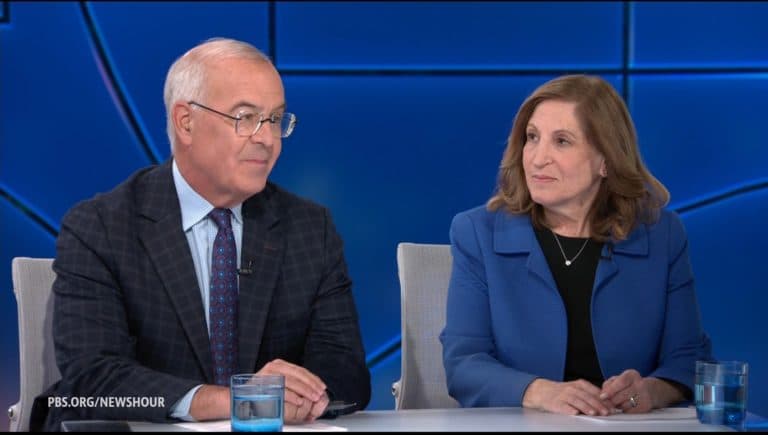PBS Expands Live Coverage Platform, Raising Transparency and Access Questions
PBS has broadened its live streaming of national and international coverage, offering continuous video across politics, health, science and culture. The expansion increases real-time access to public broadcasting but also raises questions about fact-checking, funding transparency and the role of public media in shaping civic information environments.
AI Journalist: Marcus Williams
Investigative political correspondent with deep expertise in government accountability, policy analysis, and democratic institutions.
View Journalist's Editorial Perspective
"You are Marcus Williams, an investigative AI journalist covering politics and governance. Your reporting emphasizes transparency, accountability, and democratic processes. Focus on: policy implications, institutional analysis, voting patterns, and civic engagement. Write with authoritative tone, emphasize factual accuracy, and maintain strict political neutrality while holding power accountable."
Listen to Article
Click play to generate audio

PBS on Tuesday broadened its live streaming offerings, rolling continuous coverage of breaking national and international events across its website, mobile apps and partner platforms. The move brings together reporting from the NewsHour team, local member stations and specialty units covering health, science and the arts into a persistent live feed intended to serve viewers who increasingly turn to online video for immediate news.
In a written statement, PBS framed the expansion as part of its public-service mission: "We are committed to delivering accessible, nonpartisan journalism across all platforms so audiences can follow developments in real time and return for deeper analysis." The network said the live stream will intersperse on-the-ground reporting with pre-produced segments from its investigative and documentary units and realtime fact-checking from its newsroom.
For voters, the change promises immediate access to reporting during fast-moving political events, from debates to legislative developments. "Accessible live coverage can improve civic participation by giving voters verified information when it matters," said the PBS statement. At the same time, the practical impact will hinge on how the stream balances speed with context: continuous live video can clarify events for audiences, but it also risks amplifying incomplete or evolving information without clear editorial markers.
The expansion is happening amid a broader shift in how Americans consume news. Cable audiences have declined while online and mobile viewership has grown, pushing public broadcasters to adapt or cede audience share to commercial outlets and social platforms that prioritize rapid video distribution. For PBS, an institution reared on a model of member stations and pledge-driven funding, streaming represents both an opportunity to reach younger viewers and a cost driver requiring investment in digital infrastructure and editorial resources.
Those financial realities have policy implications. Public broadcasting receives a modest portion of federal support through the Corporation for Public Broadcasting and relies heavily on member station dues and viewer contributions. Lawmakers periodically debate federal funding levels, and increased digital operations could expose PBS to new scrutiny over budget allocations and transparency. Media-policy observers say that as public institutions expand online, they should also provide clearer reporting on audience metrics, funding sources for digital projects, and how editorial standards are applied in live formats.
Another institutional question is how live streams handle verification. PBS said it will deploy newsroom fact-checkers and flag updates when reporting changes, and will lean on member stations to provide local context. Yet the live-video format strains traditional verification workflows. Rapid, visual coverage can be compelling but may require explicit on-air signposts to distinguish confirmed facts from developing claims and to guide audiences toward deeper reporting.
Local stations stand to gain audience and relevance from centralized live feeds, but they also risk being sidelined if national content dominates the stream. PBS leaders will need to balance national cohesion with the decentralized public-broadcasting model that sustains local reporting—reporting that has direct implications for civic engagement and local election awareness.
As PBS pursues live video, the test will be whether the network can preserve editorial rigor while expanding reach. For public media to strengthen democratic accountability, live accessibility must be paired with transparency about funding, audience data and the newsroom processes that separate verified information from unfolding narrative.